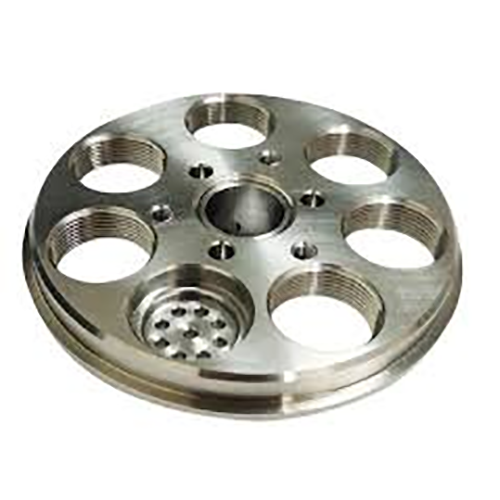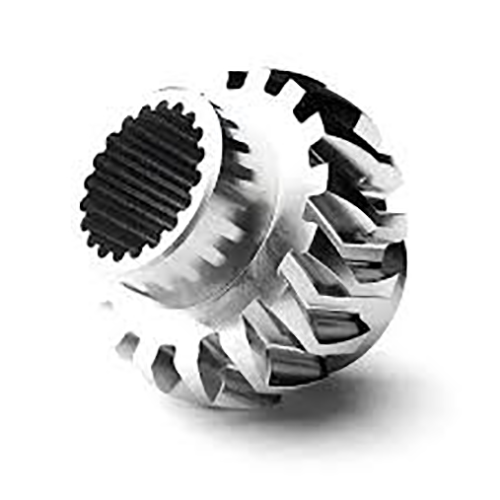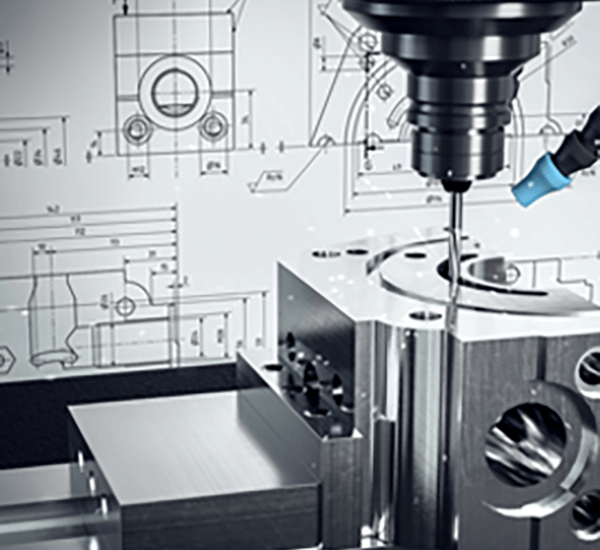
Attaining target exterior polish for a CNC part is critical.
- Technical drawings lay out precise surface criteria for components
- Many specifications reference Ra, an average roughness metric, for surface measurement
- Appreciating callout details is key to ensuring product functionality
- Clear finish specification affects lubrication behavior, sliding resistance, and lifespan
- It is essential to interpret the specific callout to achieve the desired outcome
CNC Machining: A Definition of Precision

Robotic-assisted machining defines a modern manufacturing practice through G-code driven routines the hardware sculpts intricate parts accurately.
- Computer-driven machining creates reliable parts from assorted materials
- Multifaceted CNC utility supports electronics, automotive, and aerospace production
- G-code driven machining maintains reliable consistency across batches
From early-stage prototyping through mass manufacturing CNC machining underpins modern fabrication
Deciphering CNC Machine Specifications
Interpreting CNC data often seems complex on first review
Though a little background plus organization helps you interpret technical details effectively
Set out by finding key metrics: spindle speed, feed settings, positional accuracy, work envelope, controller
Each characteristic modifies the machine’s effective performance.
Consider that higher spindle velocity suits pliant materials while elevated feed boosts capacity.
Knowing these correlations permits matching machine capabilities to your specs
Always examine producer technical literature in detail.
Those resources usually offer helpful explanations and clarify jargon
Comprehensive Guide to CNC Machinery
Numerical-controlled machines are computer-guided systems for accurate automated manufacturing across substrates They read numerical control code to orchestrate cutter motion and axis control.
- Common CNC classes include milling machines, turning lathes, routing systems, plasma cutters
- Machining methods apply across metals, plastics, wood, and composite substrates
- Furthermore CNC machines allow for rapid prototyping and low-volume production runs making them valuable assets for small businesses and research centers
Understanding CNC Machinery
They demonstrate convergence of tight hardware tolerances and refined software control Automated tools implement code to produce elementary parts and sophisticated assemblies Underlying principle converts virtual designs into actual manufactured items.
- Computer Numerical Control machining
- Programmatic production integration
This process involves a series of precise movements guided by the computer program Shop technicians tune machining parameters, supervise production, and certify product accuracy.
Why Surface Finish Matters in CNC Machining
Producing expected finish through machining is important It determines product function and aesthetic quality Material characteristics, tool parameters, and finishing techniques affect texture.
A polished finish improves wear resistance whereas coarse texture can hinder performance CNC systems provide diverse tooling and strategies to reach required finishes.
- Including selection of alternative tool profiles |carbide alloys|RPM and feed adjustments to craft finish
- Alternatively post-processing methods like polishing grinding sanding can be employed to improve the surface finish
Understanding the relationship between machining parameters and surface finish is essential for achieving optimal results in CNC machining operations.
Introduction to CNC Machining
CNC machining is a precise method of manufacturing that employs computer-controlled machinery to shape parts from various materials They adhere to programmed code to reproduce complex geometries with repeatable accuracy Comprehending toolpaths, G-code, and tooling strategies supports effective machining
Applications of CNC machining are incredibly diverse spanning numerous industries such as aerospace automotive manufacturing From turbine components to precision mold cores, CNC supports manufacture of complex parts
Notation for Surface Finish on Machined Parts
Accurate finish definition matters when machining parts with CNC It verifies compliance with intended functional and aesthetic goals Drawings usually depict finish requirements with Ra roughness values Measured in micrometers or inches, the number reflects mean surface roughness height.
Account for desired texture and the component’s purpose when selecting finish

Typically smoother finishes are chosen where tight dimensional control and alignment matter
Coarse finishes can benefit components where traction or friction are functional
Employ an unambiguous finish note on drawings to specify surface expectations Specify the Ra metric and note any secondary treatments or special machining steps.
Keep in mind clear finish callouts are central to manufacturing success
Categories of CNC Machines and What They Do
The world of CNC machining is vast and diverse with a wide array of machines designed to tackle various types of tasks They leverage CAD/CAM designs to instruct cutters for accurate and efficient fabrication.
- Milling machines are renowned for their ability to remove material from a workpiece shaping it into complex geometries
- Grinders refine surfaces and achieve tight dimensional tolerances via abrasion
- Plasma machines slice thick steel and ferrous metals rapidly using plasma arcs
Pick machines based on material compatibility, feature detail, and dimensional demands Machine-specific strengths enable applications in fields ranging from aerospace to automotive engineering.
Obtaining High-Quality Surface Finish with CNC
Delivering optimal surface quality is necessary and CNC processes are well-suited to achieve it Using accurate feed and speed selection plus optimized tool geometry technicians refine cutting action to reduce surface flaws Also advanced insert materials and suitable coolant practices support improved finishes By choosing tailored toolpaths and precise setups operators can deliver parts with outstanding finishes.
Realizing Finish through CNC Code
Tuning code to influence finish plays a central role in meeting quality aims Selected feeds speeds and tool geometry directly shape the resulting surface profile Thoughtful parameter choices coupled with correct lubrication help produce polished surfaces.
- Additionally routine tool checks and upkeep maintain consistent finish quality Furthermore regular tool cnc machine definition maintenance and inspection are essential for ensuring a consistent and high-quality surface finish over time Besides that systematic tool upkeep and monitoring ensure sustained surface quality
- To improve surface outcome account for material, roughness target, and application
- Employing simulation software can help visualize and fine-tune cutting parameters before machining reducing the risk of surface defects
- Moreover scheduled tool maintenance and inspection preserve surface performance
